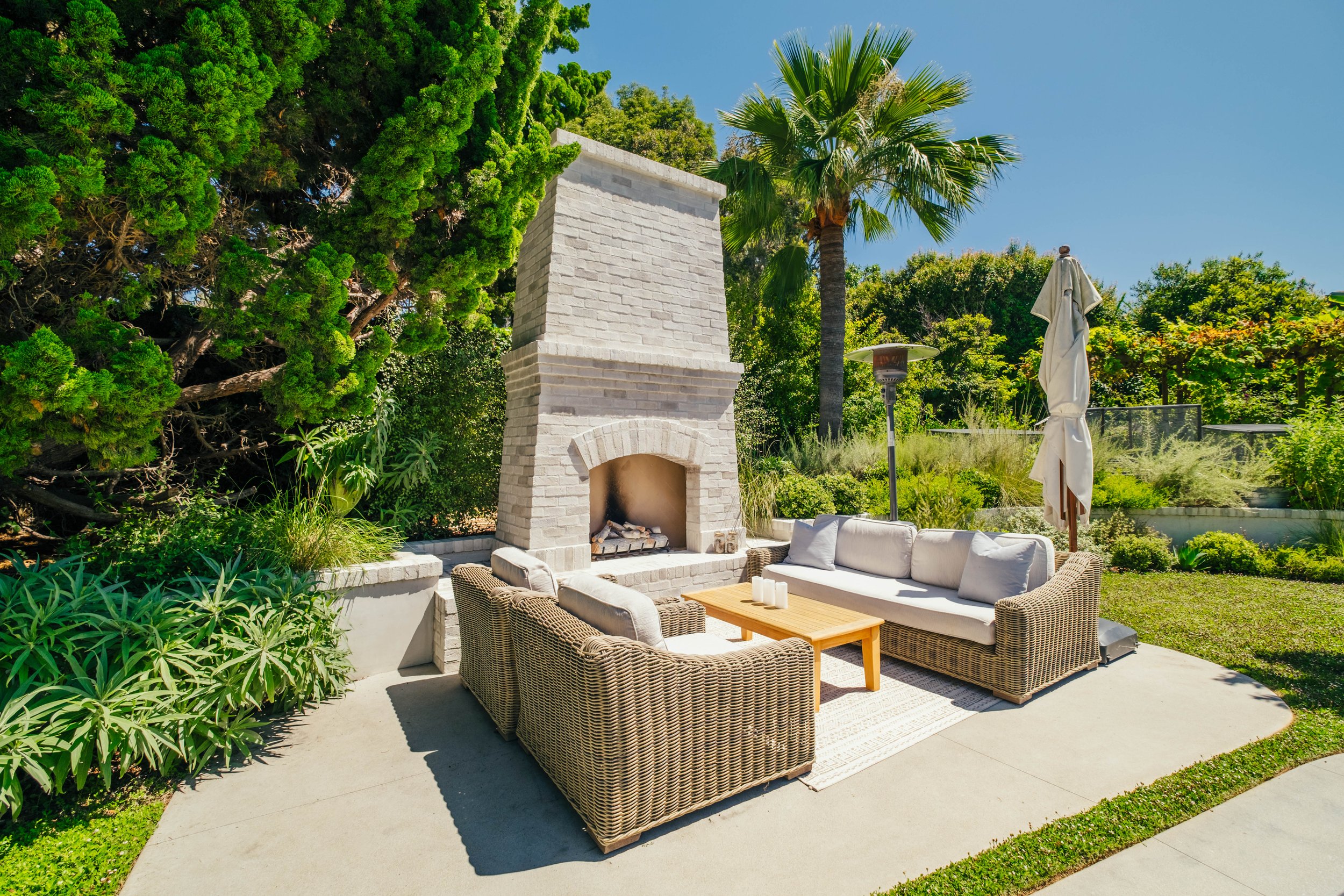Essential Considerations for Outdoor Fireplace Installation
Installing an outdoor fireplace can be a transformative addition to your outdoor living space, providing warmth, ambiance, and a focal point for gatherings. However, before embarking on this project, there are several key considerations to keep in mind to ensure a successful installation.
1. Local Regulations and Codes: Before installing an outdoor fireplace, it's crucial to familiarize yourself with local regulations and building codes. These may dictate factors such as setback requirements, fuel types permitted, and the need for permits or inspections. Compliance with these regulations is essential to avoid fines and ensure the safety of your installation.
2. Location and Placement: Carefully consider the location and placement of your outdoor fireplace. It should be situated away from any combustible materials, such as overhanging trees or wooden structures, and positioned in a way that allows for adequate airflow and ventilation. Additionally, consider factors such as prevailing winds and proximity to seating areas when determining the placement of your fireplace.
3. Fuel Type: Outdoor fireplaces can be fueled by wood, gas, or propane, each with its own advantages and considerations. Wood-burning fireplaces provide a traditional ambiance but require regular maintenance and may produce more smoke. Gas and propane fireplaces offer convenience and control but require access to a fuel source and professional installation.
4. Design and Materials: Choose a design and materials that complement your outdoor space and align with your aesthetic preferences. Options range from pre-fabricated fireplaces to custom-built structures, with materials including stone, brick, and concrete. Consider factors such as durability, weather resistance, and ease of maintenance when selecting materials for your fireplace.
5. Budget and Maintenance: Establish a budget for your outdoor fireplace project, taking into account not only the cost of materials and installation but also ongoing maintenance expenses. Regular maintenance, such as cleaning and chimney inspection, is essential to ensure the safety and longevity of your fireplace. Factor these costs into your budget and schedule regular maintenance to keep your fireplace in optimal condition.
In conclusion, installing an outdoor fireplace can enhance your outdoor living experience and create a cozy gathering space for family and friends. By considering factors such as local regulations, location, fuel type, design, and maintenance, you can ensure a successful installation that adds value and enjoyment to your outdoor space for years to come.


